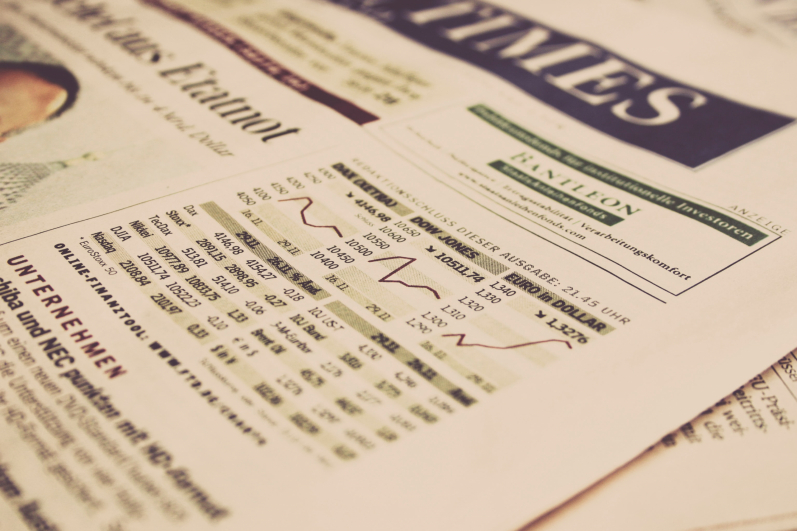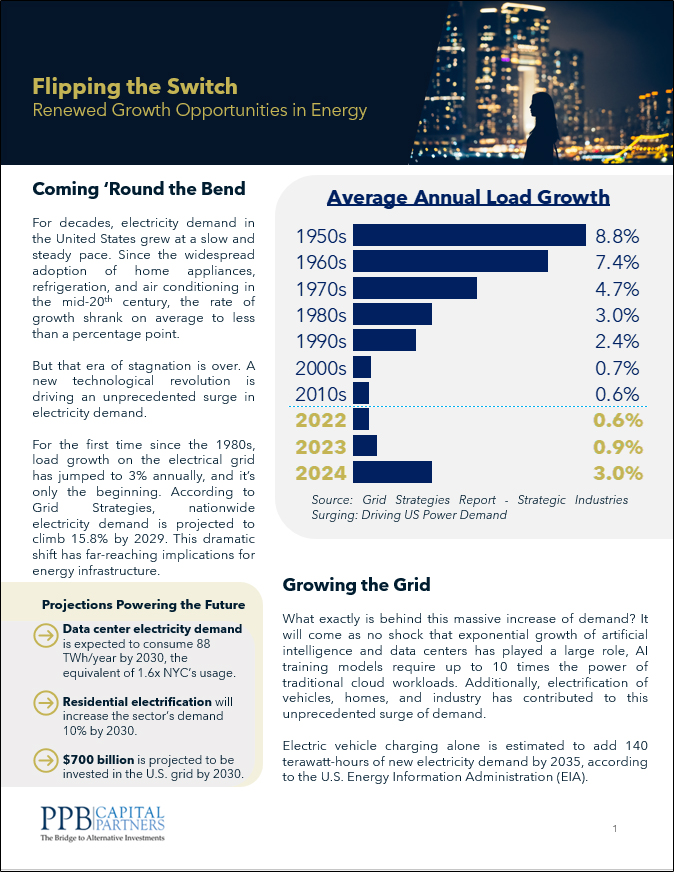
Mitigating Volatility, Part 2: Opportunities in Credit
April 8, 2020
The full extent of the economic damage inflicted by COVID-19 will take months to sort out. The Fed has done everything in its power to limit the impact. In any event, markets responded with the most volatile period on record, with the quickest decline in history followed by the wild bounce back, then resulting in the shortest technical bear market we’ve ever seen, as the markets rallied back over 20% from the bottom. Most would agree that the volatility won’t subside until the number of COVID-19 cases begins to wane dramatically in the United States. As such, the lows from late March could be tested again.
While the volatility in the equity markets was historic, the absolute dislocation in the credit market pricing rivaled 2008 levels at the height of the financial crisis. That said, most of our conversations over the past two weeks have been with credit managers to get a better understanding of ways to navigate the current fixed income environment. Effectively, the credit markets stopped functioning before the Fed stepped in as a backstop. Spreads blew out across the quality spectrum and the muni bond market was hit especially hard before it was able to recover most (but not all) of its losses. There were many forced institutional sellers that faced margin calls on other parts of their books that resulted in the sell-off of high-quality and cash good assets.
What remains now is an extremely compelling opportunity for high yield and leveraged loans, as these spreads remain elevated. Current spreads in high yield above 1,000 bps were last seen in the thick of the 2008 credit crisis and leveraged loans are now trading below 80c. Accordingly, $1.2T of corporate debt is priced at distressed levels. Historically, these spreads and price levels usually remain this elevated for two to three months at a time, although the fundamental weakness of the bank system in 2008 led to spreads staying above 1,000 bps for ten months.
While the market dislocation was pronounced and high yield pricing presents a compelling time to dip back in, we are seeing a generational opportunity within the structured credit and private distressed markets. MSCI put together a model last week showing that current CLO pricing is implying unprecedented defaults across the leveraged loan market – across major sectors and at defaults at over 30% within the next twelve months. Accordingly, the correlation of implied defaults across sectors has also spiked. While certain industries will experience stress, that type of default correlation across major sectors is simply hard to fathom.
In the private credit markets, new deal flow has ground to a halt. Deals in process are still getting done, but no new origination is taking place as lenders are trying to process the current public market spreads. Direct lenders are faced with a falling rate environment, while default fears permeate the markets. As a result, private companies are utilizing their revolving credit lines to ensure as much liquidity as possible to weather the storm.
Accordingly, there is no more room in the system. While the Fed can provide immediate cash to help businesses keep their payrolls intact through June, this will not help their top line revenue. Given the economic standstill that COVID-19 has forced, demand has plummeted and the only question is to what degree future earnings will decline. Understandably, trying to establish borrowing guidelines in this environment is next to impossible. With that backdrop, the opportunity in distressed credit will be profound over the next four months. Private equity funds that are out of dry powder will struggle to support their portfolio companies. Distressed funds will be poised to provide capital to the best of these businesses that their PE backers can no longer support. Many companies are over-leveraged given how cheap and readily available credit has been. With the hit to top line growth, weaker companies will struggle to service their debt obligations. The distressed market has been dormant for years, but opportunistic funds already in the market fund raising will have a leg up. Funds will still need to be patient as they process the economic impact on the underlying businesses, but the opportunity could not be better for significant returns in distressed credit.
As we grapple with the pressures of sheltering in place and the corresponding social isolation, the market volatility on top of everything has been unnerving. While it’s impossible to know when the COVID-19 crisis will dissipate, there are compelling opportunities in the credit markets for disciplined investors. High yield, Leveraged Loans, CLOs and Distressed Credit will all be areas to consider going forward.
For more information on credit and other alternative investment strategies, please contact me.
Frank Burke, CFA, CAIA, Chief Investment Officer, PPB Capital Partners, 484.278.4017 Ext. 108



